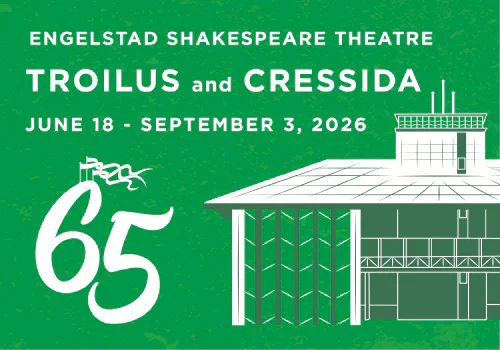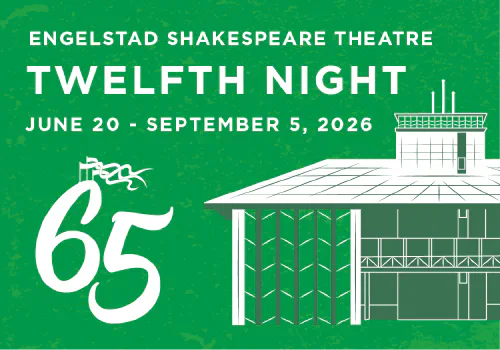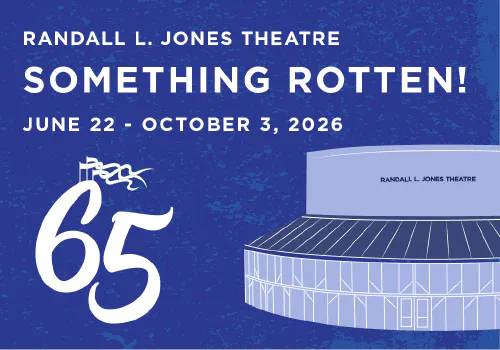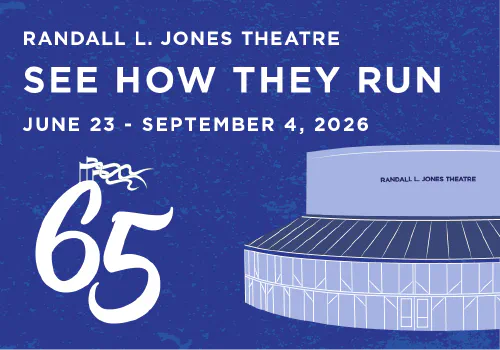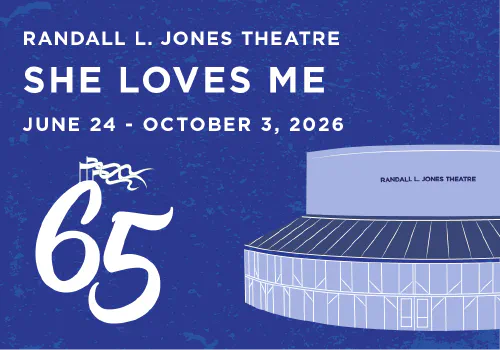By Diana Major Spencer
Twelfth Night: Another “twin” comedy, another pants role, another course-of-true-love-never-did-run-smooth mix-up, another sub-plot of less-than-noble rowdies, disguise, mistaken identity, and love tokens—in short, another Shakespearean romantic comedy. With “identical” male/female twins to add confusion and gender innuendo to the action, this delightful confection romps along through exaggerated love begetting exaggerated melancholy, exaggerated mourning fostering aggressive female wooing, and exaggerated priggishness leading to—a suitable come-uppance? Ay, there’s the rub in this favorite comedy: The punishment doesn’t fit the crime.
Its superior subplot features Malvolio (whose name parses as “Ill Will”), Steward of Olivia’s household. A priggish Puritan, he deigns to squelch the partying of at least two of his social superiors, Sir Toby Belch and Sir Andrew Aguecheek—both of whom also sport character-defining surnames (Belch, self-explanatory for an imbiber; Ague-, a fit of chills and shivering; cheek, with no particular textual suggestion, my mind always conjures “nether cheek,” for a moniker of “quivering ass”). Granted, Sir Toby and Sir Andrew need reminders about disturbing the peace, yet Malvolio’s manner of reproof provokes Sir Toby’s best line in the play: “Dost thou think because thou art virtuous there shall be no more cakes and ale?” (2.3.114–16; all line references are to The Riverside Shakespeare, ed. G. Blakemore Evans [Boston: Houghton Mifflin, 1974]).
Sir Toby, a Falstaffian type, loving food, drink and roguishness, funds his extravagances by extorting largesse from Sir Andrew, through his promise to facilitate Sir Andrew’s wooing of Olivia, whose hospitality, respectability, and mourning mode Uncle Toby has rudely abused. Sir Andrew’s primary functions in the play are to finance Sir Toby’s amusement and say, “Me, too” and “Me, neither” in every conversation. He can also be manipulated for Sir Toby’s amusement, as in the phony duel with Cesario (Viola).
Maria, Olivia’s devoted servant and the final member of Sir Toby’s clique, seems level-headed and good-natured, seconding Malvolio’s cautions, but condemning his supercilious, sour-puss manner. She calms the over-rowdy Sirs by creating a delicious, rollicking revenge against Malvolio: a seductive riddle of a letter-from-pseudo-Olivia to be dropped in his path. The prideful, ambitious, social-climbing Puritan will surely follow Maria’s instructions to his own well-deserved humiliation.
Unfortunately, however, Toby’s back-talk in act 1, Maria’s bogus letter in act 2, and Malvolio’s preening in act 3, lead to an objectionable scene in act 4, scene 2, the so-called “torture scene,” where Malvolio is confined in some kind of dark space, rather poorly enduring Feste’s demeaning proofs that he’s insane. No matter how convincingly the actor portrays extremes of pain, frustration, and desperation, watching the begrimed Malvolio, wearing a distressed costume and writhing in anguish, just isn’t funny. He may be excruciatingly insufferable and fully deserving of unspeakable come-uppances, but seeing him onstage shifts our attention—and thus our empathy—to the prig we so recently scorned, and away from the genial pranksters we were cheering for against the hypocrite Puritan. The practical joking of that good-natured coterie of flamboyant carousers descends to very cruel and most unusual punishment, even though nothing about their prior behavior suggests meanness. Even the prank setting up a duel for two thoroughly reluctant and inept duelers aimed only for some good belly laughs, never for physical harm.
Still, isn’t that the scene as Shakespeare wrote it? Not necessarily, argues Becky Kemper, presenter at the 2007 Wooden O Symposium here at the Utah Shakespeare Festival. After citing several onstage examples of horrendous cages and dungeons designed for Malvolio, she states, “These images of torture seem out of place in Illyria” and “rob the audience of a satisfying conclusion” (“A Clown in the Dark House: Reclaiming the Humor in Malvolio’s Downfall,” Journal of the Wooden O Symposium 7 [2007], 42). Prior to the Romantic age, says Kemper, critics and diarists applauded Malvolio as “truly comic” and the “tricks” played on him justifiable. In time, however, “great tragedians specialized in playing the emerging star turn of Malvolio” (43)—great tragedians who might demand additional onstage time not afforded earlier Malvolios because of adherence to the original stage directions.
The first known printing of Twelfth Night is the First Folio of 1623, in which the scene of Malvolio’s “torture” places the stage direction “Malvolio within” on a separate line before Malvolio’s first speech. Nowhere does “Enter Malvolio” appear in the scene. In other words, he’s off-stage throughout the entire scene. The 1987 Complete Oxford Shakespeare follows the First Folio, but my 1974 Riverside Edition includes “within” as part of Malvolio’s first speech: “Mal. (Within.) Who calls there?” My 1952 G.B. Harrison and 1961 Hardin Craig Complete Works place “[Within]” inside the speech block, but with brackets and no period. In none of these three editions does within appear anywhere else in the scene, possibly suggesting that Malvolio remains off-stage for just that one line before his confinement device is dragged onstage or lifted through the trapdoor.
As further indication of Malvolio’s absence from the stage, Kemper notes in her provocative paper that Feste’s performance in the scene falls into two parts. First, Sir Topas questions Malvolio’s sanity and perception of darkness, using pseudo-religious arguments to dismiss Malvolio’s protestations. At this point, Maria says, “Thou mightst have done this without thy beard and gown. He sees thee not” (4.2.64–65, emphasis mine), suggesting either that Malvolio’s dark room is somewhere other than onstage or that he’s blindfolded. Toby then speaks to Feste: “To him in thine own voice, and bring me word how thou find’st him,” indicating that Malvolio in not within view. Toby continues, “I would we were well rid of this knavery. If he may be conveniently deliver’d, I would he were, for I am now so far in offense with my niece that I cannot pursue with any safety this sport” (4.2.66–71).
The “knavery” Sir Toby intended is described in act 3, scene 4, shortly after Malvolio, smiling and cross-gartered over yellow stockings, has presented his “Be not afraid of greatness” speech to Olivia. She leaves when her servant announces “the young gentleman of the Count Orsino” (3.4.57–58), and Malvolio remains to be mocked for his “lunacy” by Toby and Maria. He storms out, calling them “idle shallow things, I am not of your element” (3.4.123–24). Sir Toby recommends putting “him in a dark room and bound. My niece is already in the belief that he’s mad. We may carry it thus, for our pleasure and his penance, till our very pastime, tir’d out of breath, prompt us to have mercy on him” (3.4.135–39). “Knavery,” “sport,” “pleasure,” and “pastime” fall far short of torture.
The second part of the “torture” scene, according to Kemper, recalls act 1, scene 5, where, after an exchange with Feste, Olivia asks, “What think you of this fool, Malvolio?” (1.5.73). Malvolio sneers, “I marvel your ladyship takes delight in such a barren rascal. . . . Unless you laugh and minister occasion to him, he is gagg’d. I protest I take these wise men that crow so at these set kind of fools no better than the fools’ zanies” (1.5.82–89). In act 4, scene 2, after returning to Malvolio as himself, Feste badgers Malvolio on his pitiful state of lunacy until Malvolio becomes a “wise m[a]n that crow[s] . . . at these . . . fools,” who is thus, “no better than the fools’ zanies”: “Fool, there was never man so notoriously abus’d. I am as well in my wits, fool, as thou art” (4.2.87–88, emphasis mine). Touché, Feste!
Having witnessed star actors portraying the pitiable victim of whips and chains—even maces and chain-saws—I’d welcome an alternative version of the “torture” scene to compare the overall continuity of tone between the two production. The trade-off, of course, is that Malvolio would likely not entice your greatest star, but become the supporting character he’s supposed to be.
• Line references to The Riverside Shakespeare, ed. G. Blakemore Evans (Boston: Houghton Mifflin, 1974).
• Becky Kemper, “A Clown in the Dark House: Reclaiming the Humor in Malvolio’s Downfall,” Journal of the Wooden O Symposium 7 (2007): 42-50.



